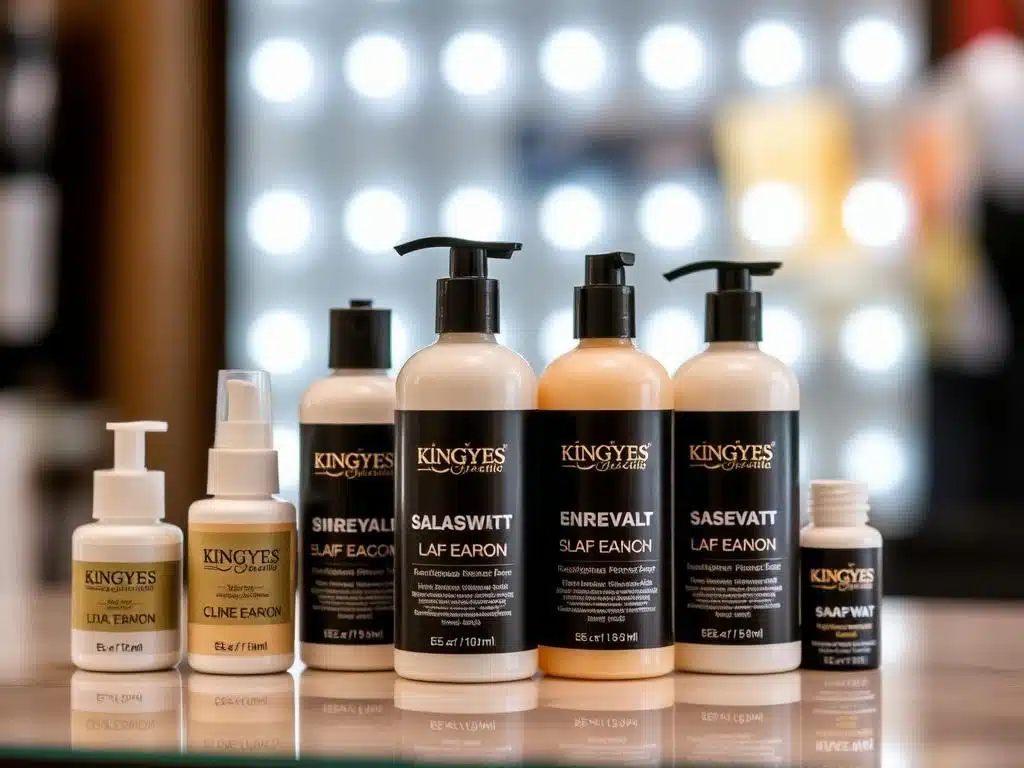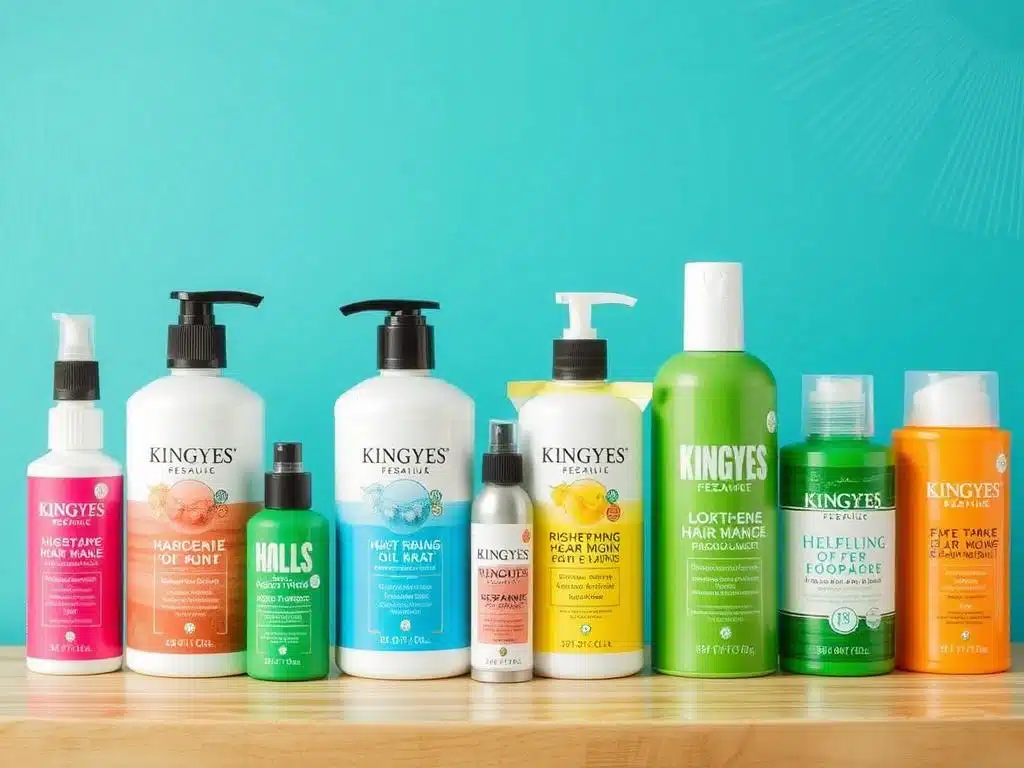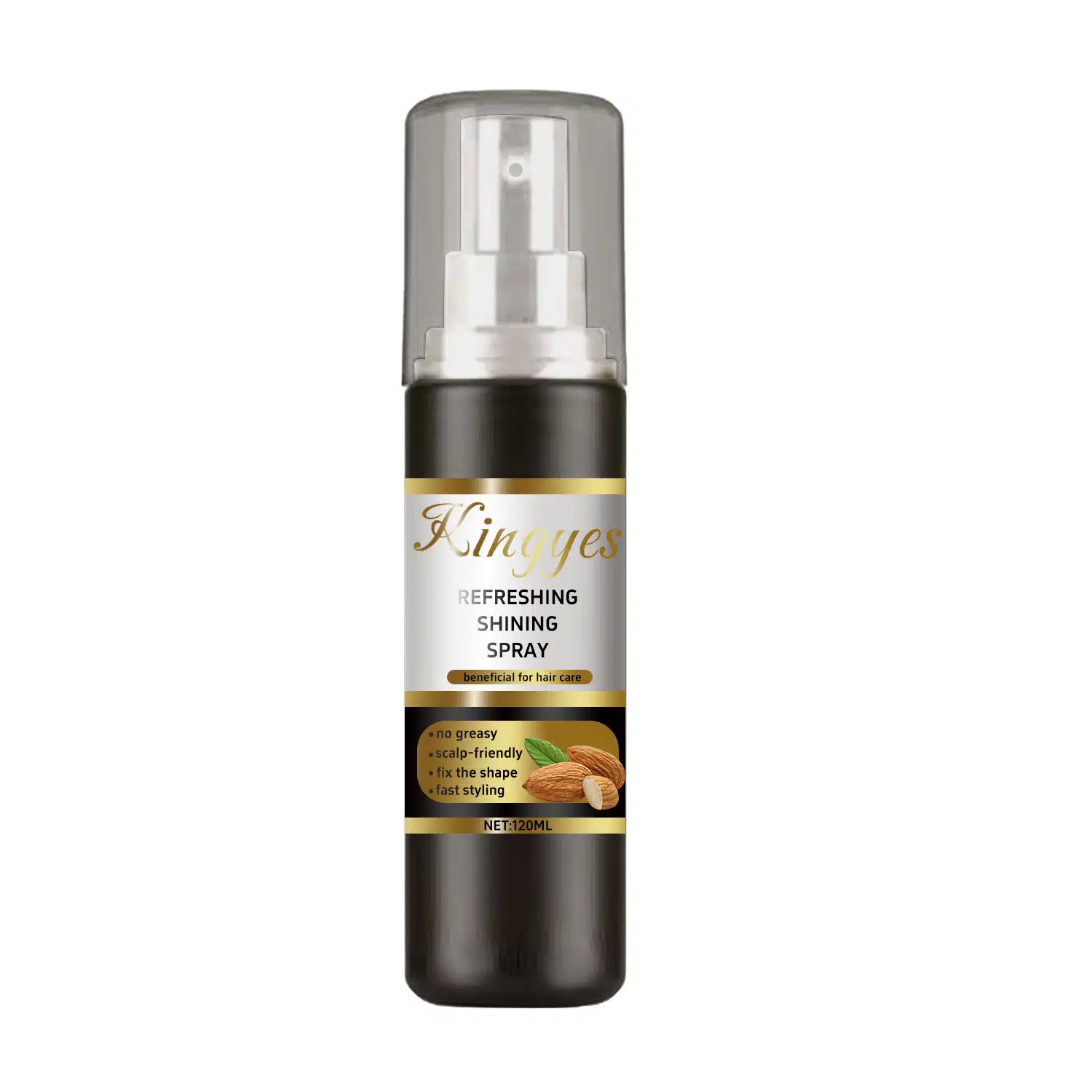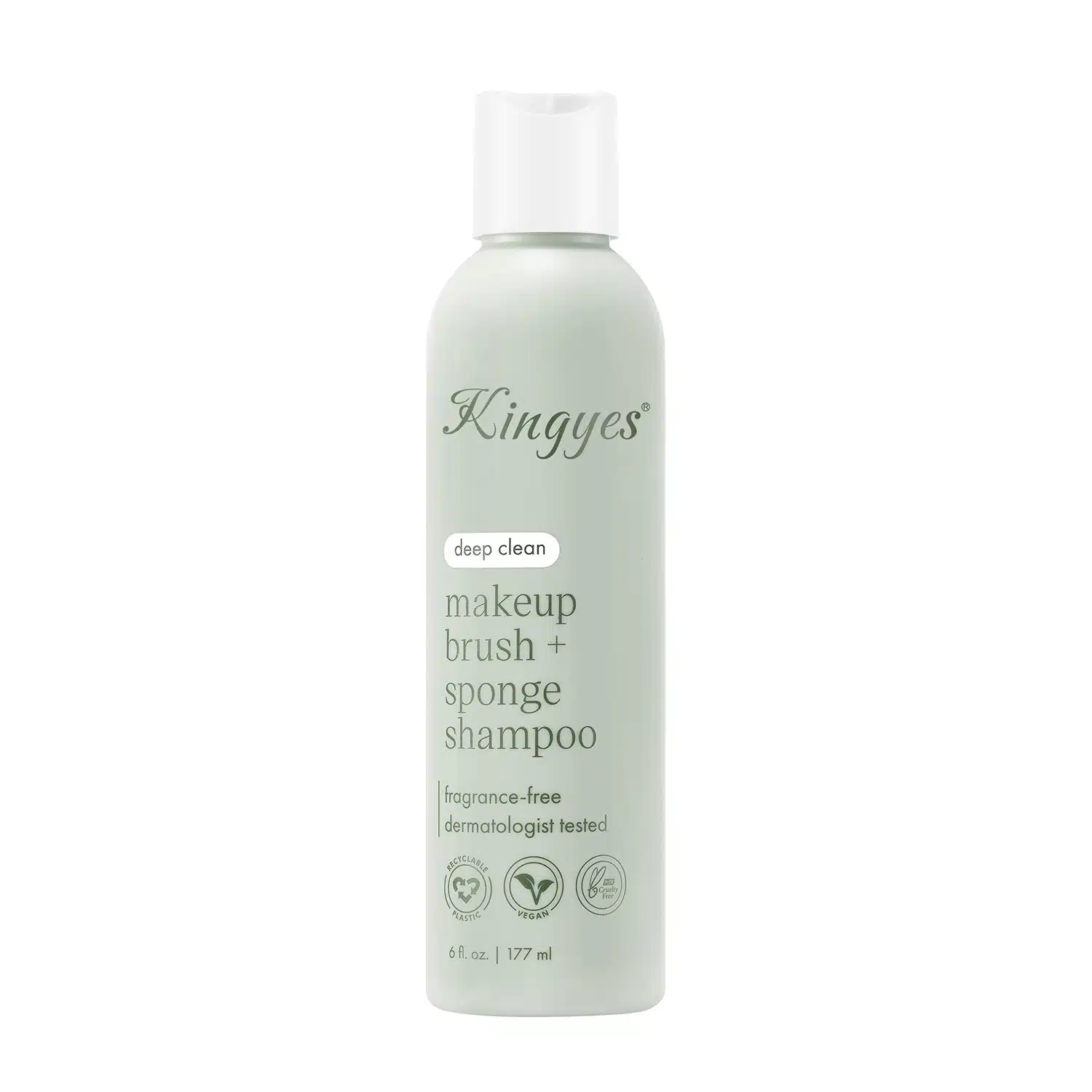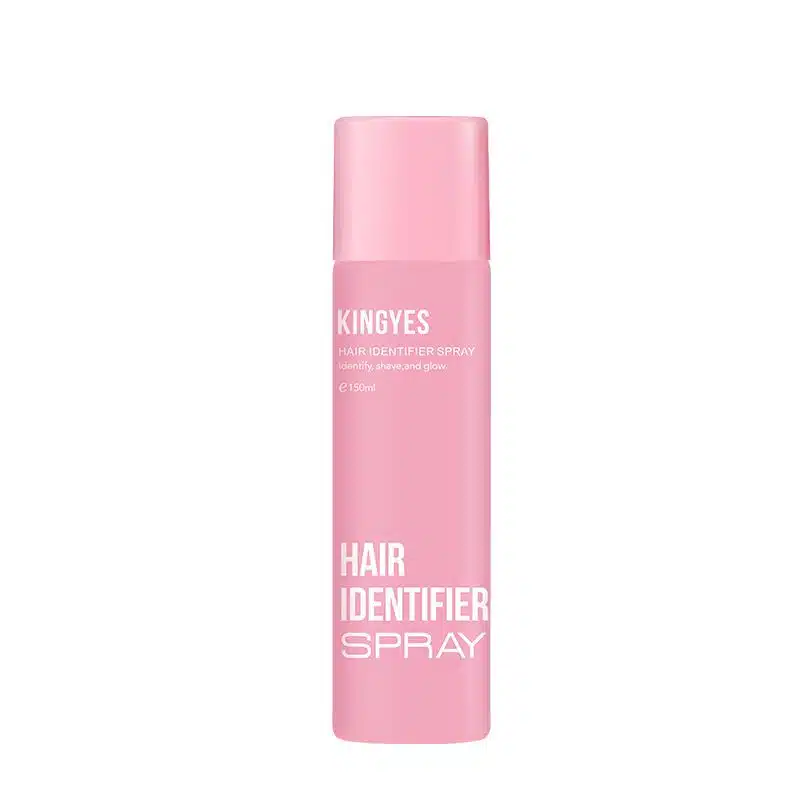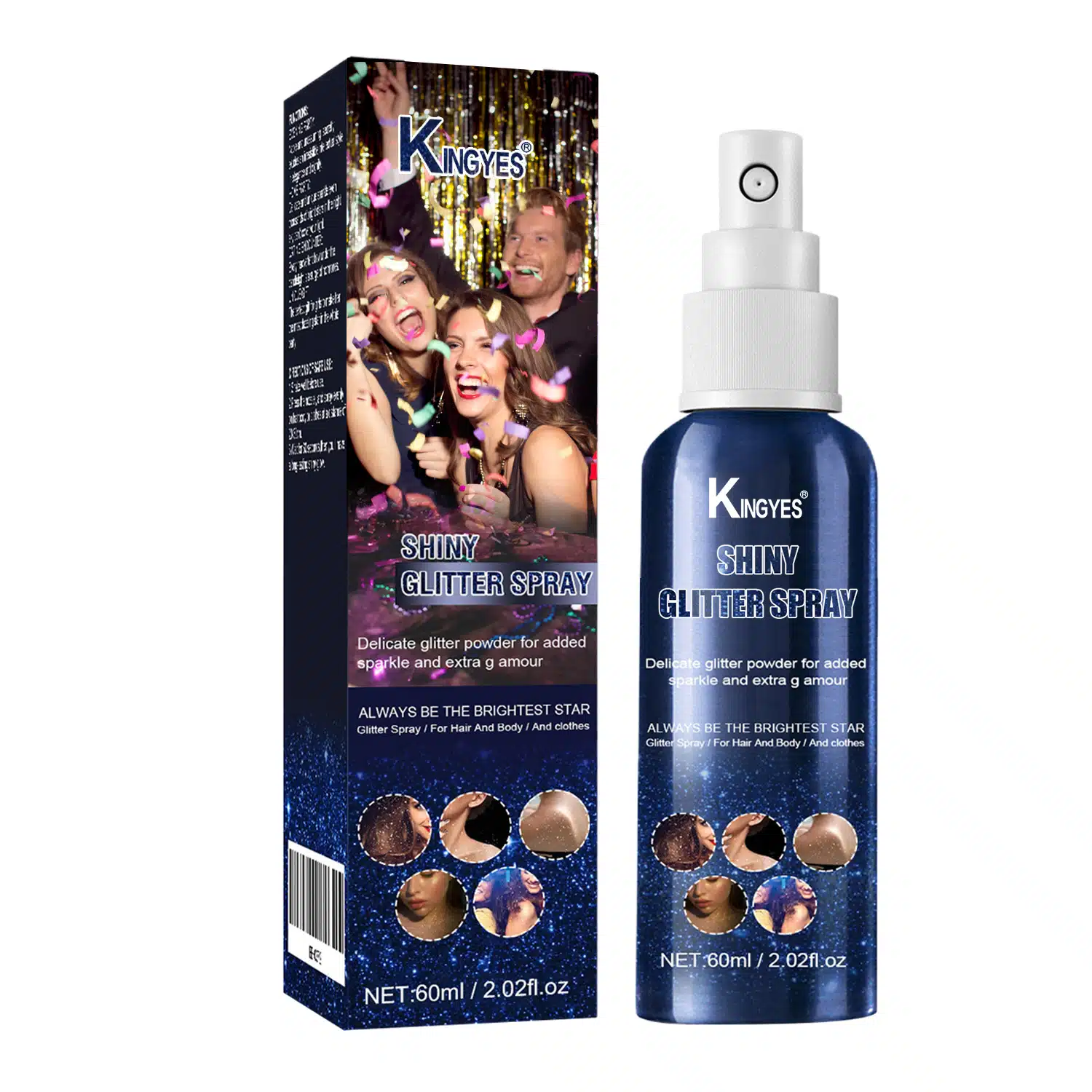
How To Make Hair Products To Sell?
Table of Contents
From Kitchen to Commerce: How to Make Your Own Hair Products and Sell Them
So, you’re passionate about hair care and dream of creating your own line of hair products? Maybe you’ve experimented with making natural hair masks in your kitchen, or perhaps you’ve envisioned a unique shampoo and conditioner that addresses specific hair needs. This comprehensive guide will walk you through the process of how to make your own hair products and sell hair products, transforming your passion into a thriving business. We’ll explore everything from formulating your products and choosing the kind of hair care products you want to sell, to navigating the world of private label manufacturing and starting a hair care business. Let’s unlock the secrets to creating and selling hair products successfully. You will learn to make your own products and start selling them.
Identifying Your Niche and Target Market
Before you start mixing ingredients or designing labels, it’s crucial to define your niche and target market. What specific segment of the hair care market will you focus on? Who are your ideal customers? You need to determine which hair products you want to focus on. You need to research your target market to determine their needs.
Consider the following questions:
- What are the unmet needs or gaps in the current market? Are you targeting a specific hair type, such as curly hair, coily hair, color-treated hair, or damaged hair? Are you focusing on a particular concern, such as hair growth, scalp care, or dry hair? Are you creating a hair care product for natural hair?
- What is your unique selling proposition (USP)? What makes your hair product line different from what’s already available? Will you focus on natural ingredients, organic products, sustainable practices, or a specific ingredient story? Will you create salon products?
- Who is your ideal customer? Develop a detailed customer profile, including demographics, lifestyle, values, and hair care needs. Understanding your target audience will help you tailor your products, branding, and marketing efforts. You need to create a product to satisfy the needs of your target market.
By identifying a specific niche and target market, you can create a hair care brand that resonates with your ideal customers and stands out from the competition. You need to determine the kind of hair care business that you want to create.
Developing Your Hair Product Line: What Will You Sell?
Once you have a clear understanding of your niche and target market, you can start developing your hair product line. What specific products will you offer? You need to decide which products you want to sell.
Here are some popular categories of hair care products:
- Shampoos and Conditioners: These are essential hair care products for cleansing and conditioning the hair. You can create formulations for different hair types and concerns. You might want to create a shampoo for dry hair.
- Hair Masks: Hair mask products provide deep conditioning and treatment for various hair needs. They are designed to nourish and repair the hair.
- Hair Oils: Hair oil can be used to moisturize, add shine, tame frizz, and protect the hair from damage. There are many different types of hair oil.
- Styling Products: This category includes gels, mousses, creams, waxes, and hair spray that help to shape, define, and hold hairstyles. There are many different styling products available.
- Scalp Treatments: These products address specific scalp concerns, such as dryness, itchiness, and dandruff. They often contain ingredients that soothe and balance the scalp. Scalp care is very important.
- Shampoo Bars: Solid shampoo bar products are gaining popularity as a more sustainable alternative to liquid shampoo. They are often made with natural ingredients and require minimal packaging. There are also hair conditioner bars available.
You might want to start with a small selection of core products and expand your line as your business grows. It is important to develop a hair product line that meets the needs of your target market. You need to decide whether you are going to sell hair styling products or treatment products. Your product line should reflect your brand and product values. You might want to create haircare products that focus on hair and scalp health.
Formulating Your Hair Products: DIY vs. Private Label
You have two primary options when it comes to formulating your hair products:
- DIY (Do It Yourself): Formulating your hair products from scratch gives you complete control over the ingredients and the formulation process. However, it requires significant knowledge of cosmetic chemistry, ingredient sourcing, preservation, and safety testing. You will need to research how to formulate your own products. You will need to learn how to make your own products.
- Private Label: Partnering with a private label manufacturer allows you to leverage their expertise and infrastructure. You can choose from their existing formulations or work with them to create custom formulas. This is often a more practical option for those who are new to the industry. This is a popular option for those starting a hair care business.
Here’s a table comparing the two approaches:
| Feature | DIY Formulation | Private Label |
|---|---|---|
| Control | Full control over ingredients, formulation, and production. | Less control over formulation, but can often customize existing formulas or request specific ingredients. |
| Cost | Can be more cost-effective in the long run for large quantities but requires significant upfront investment in ingredients, equipment, and testing. | Typically lower upfront costs but may have higher per-unit costs compared to DIY for very large quantities. |
| Time Commitment | Requires substantial time for research, development, testing, and production. | Faster time to market, as the manufacturer handles formulation and production. |
| Expertise | Requires in-depth knowledge of cosmetic chemistry, formulation, preservation, and safety testing. | Leverages the manufacturer’s expertise in formulation, production, and regulatory compliance. |
| Scalability | Can be challenging to scale up production without significant investment in additional equipment and personnel. | Easier to scale up production, as the manufacturer has the capacity to handle larger orders. |
| Regulatory Compliance | Responsible for ensuring compliance with all relevant cosmetic regulations, including labeling, safety testing, and Good Manufacturing Practices (GMP). | Manufacturer is typically responsible for ensuring regulatory compliance, but the brand owner should still verify this. |
| Uniqueness | Offers the opportunity to create truly unique and customized formulations. | May have limitations in terms of uniqueness, especially if using stock formulas. Custom formulations can offer more differentiation. |
| Equipment | Requires investment in equipment for mixing, filling, and packaging products. | No need to invest in manufacturing equipment. |
| Minimum Order Quantities | No minimum order quantity (MOQ) since you are producing the products yourself. | Often have minimum order quantities (MOQs), which can vary depending on the manufacturer and product type. |
DIY Formulation:
If you choose to formulate your own products, you’ll need to:
- Educate Yourself: Gain a thorough understanding of cosmetic chemistry, ingredient properties, formulation techniques, and preservation methods. Consider taking online courses, such as the Diploma in Organic Haircare Formulation offered by the School of Natural Skincare, or workshops, or even pursuing formal education in cosmetic science.
- Source Ingredients: Find reputable suppliers for your ingredients. Ensure they meet your quality standards and align with your brand values (e.g., organic, natural, sustainable). You will need to source high-quality ingredients.
- Develop Your Formulas: This is where you’ll experiment with different ingredients and combinations to create your unique hair products. This can be a time-consuming process.
- Test Your Products: Thoroughly test your formulas for stability, safety, and efficacy. This may involve sending samples to a lab for testing. You need to ensure that your products meet industry standards.
- Preserve Your Products: If your products contain water, you’ll need to use a preservative to prevent microbial growth. Research and choose an appropriate preservative system. You need to research how to formulate hair products.
Private Label Formulation:
If you opt for private label, you’ll need to:
- Research and Select a Manufacturer: Look for a reputable private label hair care manufacturer that aligns with your brand values and can meet your specific needs. Consider factors like their experience, capabilities, minimum order quantities, pricing, and location. There are many private label hair care products available.
- Choose or Develop Formulas: You can often choose from the manufacturer’s existing formulas (sometimes called “stock” or “white label hair” formulas) or work with them to develop custom formulations. This allows you to create unique hair products.
- Customize the Products: Even with stock formulas, you can often customize the products with your own branding, packaging, and sometimes even specific ingredients or fragrances. You can create your own brand and product identity.
- Approve Samples: The manufacturer will typically provide samples for your approval before proceeding with full-scale production. You need to ensure that you are happy with the product before you commit to a large order.
Choosing between DIY and private label depends on your resources, expertise, and business goals. Private label is often the more practical and efficient option for those starting a hair care business.
Deep Dive into Private Label Hair Products
Private label hair products offer a compelling option for entrepreneurs, salon owners, and anyone looking to launch their own hair care line without the complexities of in-house manufacturing. Private label allows you to create branded hair products that are tailored to your specific vision and target audience. It is a great way to create a successful hair brand.
Here’s a closer look at the benefits of private label hair care products:
- Lower Startup Costs: Launching a hair care brand with private label products typically requires a lower initial investment compared to setting up your own manufacturing operation. You don’t need to invest in expensive equipment, facilities, or raw materials. This is a great option for those with a limited budget.
- Faster Time to Market: Private label allows you to bring your hair product line to market more quickly. The manufacturer already has established processes and expertise in place, so you can bypass the lengthy research and development phase.
- Access to Expertise: Private label manufacturers have years of experience in formulating and producing hair care products. They can provide valuable guidance on ingredient selection, formulation, packaging, and regulatory compliance. They can offer expert advice and support.
- Flexibility and Customization: Many private label manufacturers offer customization options, allowing you to tailor existing formulas or create entirely new ones to meet your brand’s specific needs. You can also choose the packaging you want.
- Scalability: Private label manufacturers can easily adjust production volumes to meet your changing needs, whether you’re starting small or experiencing rapid growth. This allows you to scale your business as it grows.
- Focus on Branding and Marketing: By outsourcing manufacturing, you can dedicate more time and resources to building your brand, marketing your products, and connecting with your customers. This is an important part of creating a successful hair brand.
However, it’s important to be aware of the potential drawbacks of private label as well:
- Less Control Over Formulation: While many manufacturers offer customization, you have less control over the formulation process compared to DIY. This may be an issue if you have very specific ideas about your product formulations.
- Minimum Order Quantities: Most private label manufacturers have minimum order requirements, which can be a barrier for very small businesses or those testing new products. You need to be aware of these requirements before you commit to a private label manufacturer.
- Dependence on the Manufacturer: Your business relies heavily on the manufacturer’s capabilities, reliability, and ethical practices. It’s crucial to choose a reputable and trustworthy partner. You need to do your research to find the right private label hair care manufacturer.
If you’re considering private label, here are some tips for finding the right manufacturer:
- Research Thoroughly: Look for manufacturers with experience in producing the types of hair products you want to sell. Read reviews, check their certifications, and ask for references. You need to find a manufacturer that meets your needs.
- Request Samples: Always request samples of the manufacturer’s products to assess their quality and suitability for your brand. This will allow you to test the products before you commit to a large order.
- Compare Pricing and Terms: Obtain quotes from multiple manufacturers and compare their pricing, minimum order quantities, lead times, and other terms. You need to find a manufacturer that offers competitive pricing and terms.
- Communicate Clearly: Establish clear communication with the manufacturer from the outset. Discuss your vision, requirements, and expectations in detail. You need to ensure that the manufacturer understands your needs.
- Verify Regulatory Compliance: Ensure that the manufacturer complies with all relevant cosmetic regulations in your target market. This is crucial for avoiding legal issues.
Private label can be an excellent option for launching a hair care brand, but it’s essential to do your due diligence and choose the right manufacturing partner. You need to find a partner that you can trust.
Sourcing Ingredients and Packaging
If you’re formulating your products yourself (DIY), you’ll need to source your own ingredients and packaging. If you’re using a private label manufacturer, they will typically handle ingredient sourcing and may offer packaging options. You will need to discuss your requirements with them.
Sourcing Ingredients:
- Identify Reputable Suppliers: Look for suppliers that specialize in cosmetic ingredients and have a good reputation for quality and reliability. You can find suppliers online, at trade shows, or through industry associations.
- Prioritize Quality: Choose high-quality ingredients that meet your brand’s standards. If you’re focusing on natural or organic products, make sure your ingredients are certified accordingly. You should always use the best quality ingredients that you can afford.
- Consider Sustainability: Source ingredients from suppliers that prioritize sustainability and ethical practices. Look for ingredients that are sustainably harvested and produced.
- Request Documentation: Ask for Certificates of Analysis (COAs) and other relevant documentation to verify the quality and purity of the ingredients. This will help you to ensure that the ingredients meet your standards.
- Order Samples: Before placing a large order, order samples of the ingredients to test their quality and suitability for your formulations. This will allow you to test the ingredients before you commit to a large purchase.
Sourcing Packaging:
- Choose the Right Packaging Type: Select packaging that is appropriate for your product type and brand aesthetic. Consider factors like functionality, durability, aesthetics, and sustainability. You need to choose packaging that is both practical and visually appealing. Popular options for hair care products include bottles, jars, tubes, and shampoo bar boxes. There are many different options for packaging.
- Consider Sustainability: If sustainability is a priority for your brand, look for packaging made from recycled, reusable, or compostable materials. You might want to choose eco-friendly packaging.
- Source from Reputable Suppliers: Find packaging suppliers that offer high-quality materials and reliable service. You can find suppliers online, at trade shows, or through industry directories. You need to find a supplier that you can trust.
- Customize Your Packaging: Work with a designer or use online design tools to create custom labels and packaging that reflect your brand identity. This will help you to create a unique brand identity.
- Order Samples: Before placing a large order, order samples of the packaging to ensure it meets your needs and works well with your product. This will allow you to test the packaging before you commit to a large order.
Sourcing high-quality ingredients and packaging is essential for creating a successful hair care brand. You need to ensure that your products are safe, effective, and visually appealing.
Setting Up Your Business and Legal Considerations
Launching a hair care brand involves more than just creating great products. You also need to set up your business properly and comply with all relevant legal requirements. This is an important part of starting a business.
Here are some key steps:
- Choose a Business Structure: Decide whether you will operate as a sole proprietorship, partnership, LLC, or corporation. Each structure has different legal and tax implications. You should consult with a lawyer or accountant to determine the best structure for your business.
- Register Your Business: Register your business name with the appropriate government authorities. You may also need to obtain a business license or permit, depending on your location and the type of business you are operating.
- Obtain an EIN: If you plan to hire employees or operate as a corporation or partnership, you’ll need to obtain an Employer Identification Number (EIN) from the IRS.
- Open a Business Bank Account: Keep your business and personal finances separate by opening a dedicated business bank account. This will make it easier to track your income and expenses.
- Understand Cosmetic Regulations: Familiarize yourself with the regulations governing cosmetic products in your country or region. This includes regulations related to labeling, ingredient restrictions, safety testing, and Good Manufacturing Practices (GMP). The regulations surrounding cosmetic products can be complex.
- Obtain Product Liability Insurance: Protect your business from potential lawsuits related to product defects or adverse reactions by obtaining product liability insurance. This is particularly important if you are manufacturing your own products.
- Comply with Labeling Requirements: Ensure that your product labels comply with all applicable regulations. This typically includes providing a list of ingredients, directions for use, net weight, and your business contact information. You need to ensure that your labels are accurate and informative.
- Consult with a Lawyer and Accountant: It’s highly recommended to seek professional advice from a lawyer and accountant who specialize in small businesses and the cosmetic industry. They can help you navigate the legal and financial aspects of starting and running your business. They can also offer advice on how to create a successful business.
Properly setting up your business and complying with legal requirements is essential for protecting yourself and your brand.
Branding and Marketing Your Hair Products
Once you have your hair care products and business established, it’s time to focus on branding and marketing. This is how you will create awareness of your brand and product. You need to create a strong brand identity that resonates with your target market.
Here are some key steps:
- Develop a Unique Brand Identity:
- Define Your Brand’s Purpose and Values: What does your brand stand for? What are its core values and mission? For instance, your brand’s purpose might be to offer natural hair care products that are both effective and environmentally friendly.
- Create a Visual Identity: This includes your logo, color scheme, and overall aesthetic. Your visual identity should be consistent across all platforms and packaging. Hire graphic designers if necessary to ensure a professional look.
- Design Professional Packaging and Labels:
- Your packaging is crucial as it’s often the first interaction customers have with your hair product. Ensure your labels are informative, listing all ingredients, usage instructions, and your brand’s contact information. The design should be attractive and reflect your brand identity.
- Build an Online Presence:
- Create a Professional Website: Your website should be user-friendly, visually appealing, and optimized for search engines. Include detailed product descriptions, high-quality images, and customer testimonials.
- Utilize Social Media: Platforms like Instagram, Facebook, and Pinterest are excellent for showcasing your hair care products. Engage with your audience, share hair care tips, and run promotions.
- Develop a Marketing Strategy:
- Content Marketing: Create valuable content such as blog posts, tutorials, and videos about hair care tips, product usage, and the benefits of your hair product. This establishes your brand as an authority in hair care.
- Influencer Marketing: Partner with influencers in the hair care and beauty niche who align with your brand values. Influencers can introduce your products to a wider audience and provide social proof.
- Email Marketing: Build an email list to keep customers informed about new hair products, promotions, and hair care tips. Personalized email campaigns can drive sales and foster customer loyalty.
- Launch Your Brand:
- Pre-Launch Buzz: Generate excitement before the launch by teasing new products and sharing behind-the-scenes content. Engage with potential customers on social media and through email newsletters.
- Launch Event: Host a virtual or in-person event to celebrate your brand’s launch. Offer exclusive discounts or sample kits to early customers.
By implementing these strategies, you can effectively market your hair care brand, build a loyal customer base, and achieve long-term success. Your marketing efforts should be ongoing.
Pricing and Profit Margins
Setting the right prices for your hair care products is crucial for ensuring profitability and sustainability. You need to strike a balance between covering your costs, remaining competitive, and appealing to your target market.
Here are some factors to consider when pricing your products:
- Cost of Goods Sold (COGS): This includes the cost of ingredients, packaging, manufacturing, and any other direct costs associated with producing your products. You need to calculate your COGS accurately to ensure that you are making a profit.
- Operating Expenses: These are the costs associated with running your business, such as marketing, rent, utilities, salaries, and insurance. You need to factor these costs into your pricing.
- Desired Profit Margin: Determine the profit margin you want to achieve on each product. This will depend on your business goals, industry standards, and the perceived value of your products. You need to set realistic profit goals.
- Competitor Pricing: Research the prices of similar products offered by your competitors. This will give you an idea of the price range that consumers are willing to pay. You need to set prices that are competitive but also profitable.
- Perceived Value: Consider the perceived value of your products in the eyes of your target market. Factors like brand reputation, ingredient quality, packaging, and unique selling propositions can influence perceived value. You need to set prices that reflect the value of your products.
It’s often a good idea to start with a cost-plus pricing strategy, where you calculate your total costs and add your desired profit margin to determine the selling price. You can then adjust your prices based on market research, competitor analysis, and customer feedback. You may need to adjust your prices over time.
Selling Your Hair Products: Choosing the Right Channels
Deciding where and how to sell your products is a critical aspect of your business strategy. You need to choose the distribution channels that best reach your target market and align with your brand values and business goals. Here are some options to consider:
- Direct-to-Consumer (DTC) via E-commerce:
- Your Own Website: Setting up an online store on your website allows you to have full control over the customer experience, branding, and pricing. Platforms like Shopify, Squarespace, and WooCommerce make it relatively easy to create and manage an e-commerce website.
- Online Marketplaces: Selling on established marketplaces like Amazon, Etsy, or eBay can provide access to a large customer base. However, you’ll need to consider the fees, competition, and platform-specific rules.
- Retail Partnerships:
- Salons and Spas: Partnering with salons and spas can be an effective way to reach your target market, especially if you offer professional-grade or specialized hair care products. You might want to offer exclusive products or discounts to salon partners. You can create your own salon products.
- Boutiques and Specialty Stores: Selling your products in boutiques or specialty stores that align with your brand aesthetic and values can help you reach a niche audience.
- Department Stores and Beauty Retailers: Getting your products into larger retailers like Sephora, Ulta, or department stores can significantly increase your brand’s visibility and sales volume. However, this can be challenging for new brands without an established track record.
- Wholesale:
- Distributors: Working with distributors can help you reach a wider network of retailers, but it typically involves lower profit margins.
- Direct to Retailers: You can also sell your products directly to retailers on a wholesale basis, which allows for more control over pricing and relationships.
- Subscription Boxes:
- Partnering with subscription box services that curate hair care or beauty products can introduce your brand to a new audience and generate recurring revenue. This is a great way to reach new customers.
Your choice of sales channels will depend on your budget, target audience, product type, and business goals. Many hair care brands use a multi-channel approach, combining direct-to-consumer sales with retail partnerships or wholesale. You might want to start with one or two channels and expand as your business grows.
Scaling Your Hair Care Business
As your hair care brand grows, you’ll need to consider how to scale your operations to meet increasing demand. Here are some key areas to focus on:
- Production:
- If you’re using a private label manufacturer, work closely with them to ensure they can handle your growing production needs. You may need to renegotiate terms or find additional manufacturers as you scale.
- If you’re manufacturing your products in-house, you may need to invest in additional equipment, hire more staff, or expand your production space.
- Inventory Management:
- Implement an inventory management system to track stock levels, forecast demand, and avoid stockouts or overstocking. This is crucial for maintaining cash flow and meeting customer expectations.
- Fulfillment and Shipping:
- As your order volume increases, you may need to outsource fulfillment and shipping to a third-party logistics (3PL) provider. This can help you streamline operations and reduce shipping costs.
- Customer Service:
- Be prepared to handle a higher volume of customer inquiries and provide excellent customer service to maintain customer loyalty. You may need to hire additional staff or implement a customer relationship management (CRM) system. This is crucial for building a strong brand.
- Marketing and Sales:
- Continue to invest in marketing and sales efforts to reach new customers and expand your brand’s reach. You may need to increase your advertising budget, expand into new sales channels, or hire additional marketing and sales staff.
Scaling a business can be challenging, but with careful planning and execution, you can successfully grow your hair care brand while maintaining product quality and customer satisfaction. This will help you to build a successful hair care business.
Key Takeaways:
- Define your niche and target market to create a hair care brand that stands out and resonates with your ideal customers. This is an important first step in starting a hair care line.
- Develop a focused product line that aligns with your brand’s unique selling proposition and addresses the specific needs of your target audience. This might include creating a hair product for every hair type.
- Decide whether to formulate your hair care products yourself (DIY) or partner with a private label manufacturer. Private label is a popular choice.
- Private label hair care products offer advantages like lower startup costs, faster time to market, access to expertise, and scalability. This makes it a great option for new businesses.
- Design a strong brand identity, including your brand name, logo, packaging, and messaging, that reflects your brand’s values and aesthetic.
- Set up your business legally, obtain necessary licenses and permits, and comply with cosmetic regulations. This is an essential step in setting up your business.
- Choose the right sales and distribution channels for your target market and business goals, whether it’s e-commerce, retail partnerships, salons, wholesale, or a combination. You need to select the right channels for your brand.
- Develop a comprehensive marketing strategy to launch your brand, build awareness, and reach your target audience. You need to effectively promote your hair product.
- Foster customer loyalty by providing excellent service, offering high-quality products, building a community, and rewarding repeat customers. This will help to ensure the success of your brand.
- Be prepared to navigate challenges and adapt to trends in the hair care industry, such as the growing demand for natural, sustainable, and personalized products. The hair care industry is constantly evolving.
Creating and launching a hair care brand is an exciting and challenging endeavor. By following these steps and staying focused on your vision, you can turn your passion for hair care into a thriving business. Whether you choose to make your own hair products or utilize private label hair care products, the key is to offer high-quality hair care products that meet the needs of your target market while staying true to your brand’s values. With dedication, creativity, and a solid business plan, you can create a successful hair care brand that makes a lasting impact on the industry. The possibilities are endless. There is a lot of potential in the hair care market. You can sell hair products online or in stores. There are many hair products to sell. You need to decide which hair care product options are right for your business. You need to decide on the products you want to offer. You need to think about how you are going to sell your products. You also need to decide whether you want to sell hair care products exclusively, or offer other products. You might want to offer hair care and skin products. Your hair product line should be tailored to your target market. You might want to offer natural hair products or organic products. You might want to sell your products online. There are many online platforms that you can use to sell hair products. You should research the best private label hair care options. You should also decide whether you want to use private label hair care products or white label hair products. There are many options to choose from. You need to decide whether you want to focus on hair and skin products, or just hair care. There are many salon products that you can create. You might want to focus on natural hair care products. You might want to create a hair care brand that focuses on hair and skin care products. Your hair care products should be tailored to your target audience. You might want to offer shampoo and conditioner that is designed for specific hair types. This could include products for natural hair or color-treated hair. You might want to offer styling products or a hair mask. You might also want to offer a hair conditioner or a hair oil. You could also offer a solid shampoo bar or a shampoo bar. You might want to offer salon products. You could create a hair care line specifically for salons. You need to consider the hair needs of your target market. This could include products for hair growth or hair health. You might want to start selling hair care products online. You need to decide on your brand and product before you start selling. You need to decide whether you want to sell hair care products alongside skincare products. You might also want to sell body care products. You will need to source your ingredients and packaging carefully. You need to ensure that you create high-quality products. Your products should also align with your brand values.
Comments
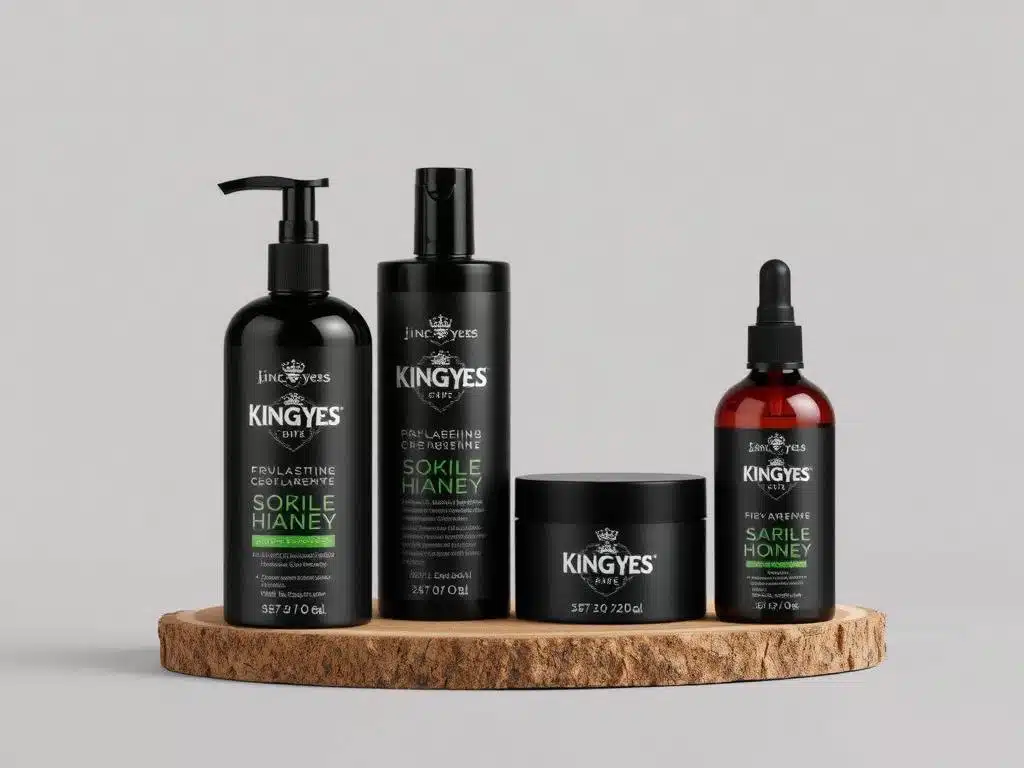

What Hair Color Looks Best On A 60 Year Old Hair Color Woman?
As we age, one of the most transformative ways to enhance our appearance is through hair color.
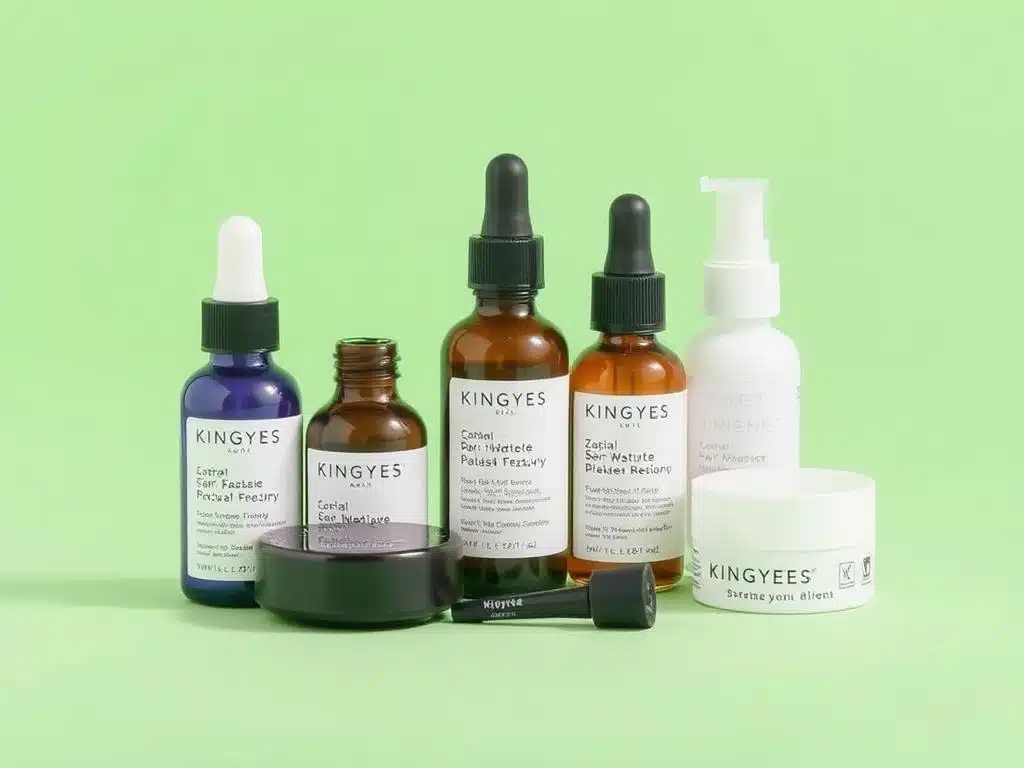
What Is Zero Waste Cosmetics?
The beauty industry is notorious for its excessive use of plastic packaging, contributing significantly to plastic pollution and overflowing landfills.

What Does Hair Styling Spray Do?
Ever wondered how to keep your hairstyle looking flawless all day?
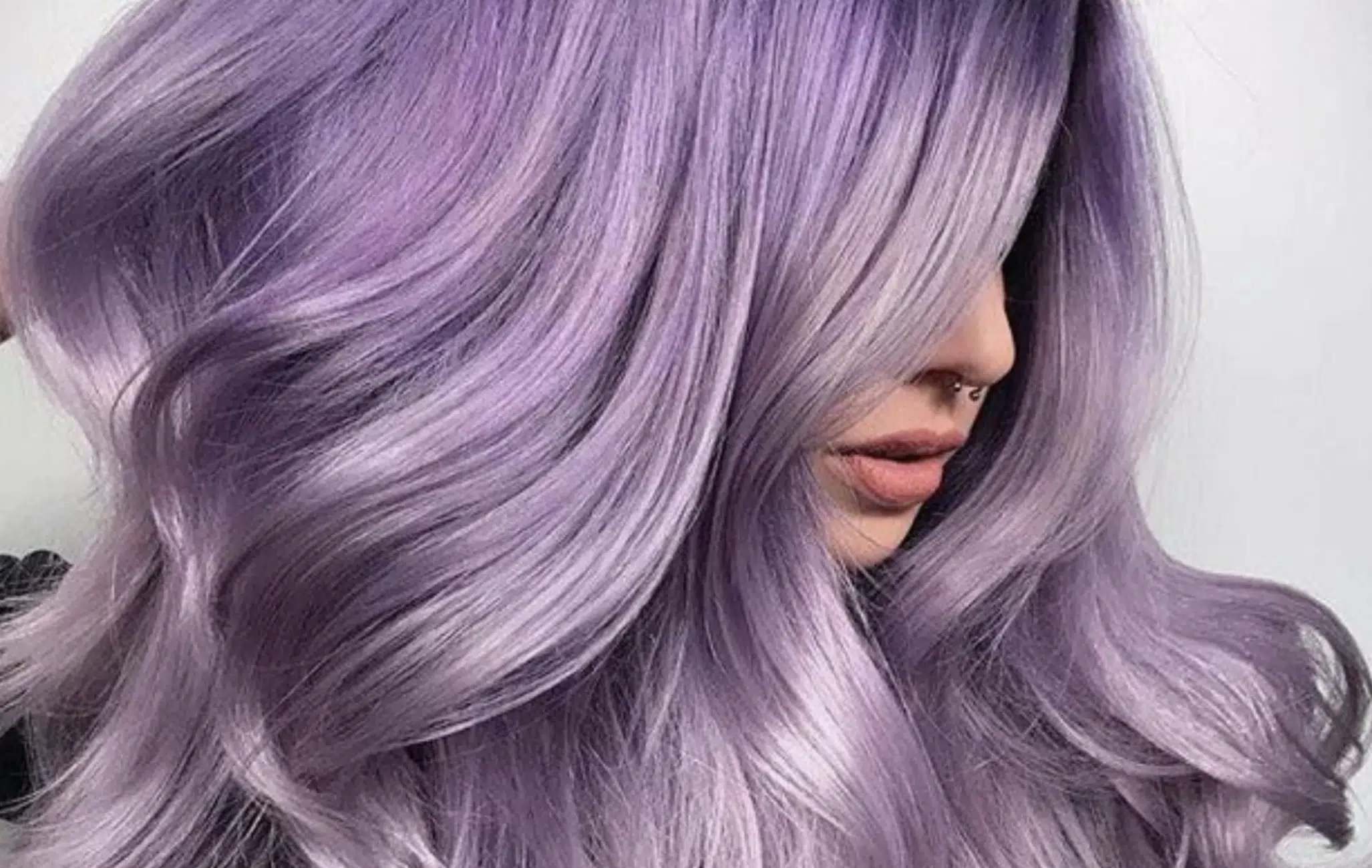
What’s The Difference Between Highlights And Balayage?
Getting the perfect sun-kissed look for your hair involves choosing between two popular coloring techniques: balayage and traditional highlights.
- +86 151 1839 7303
- [email protected]
- Mon-Sun 07:00-23:00
Tags
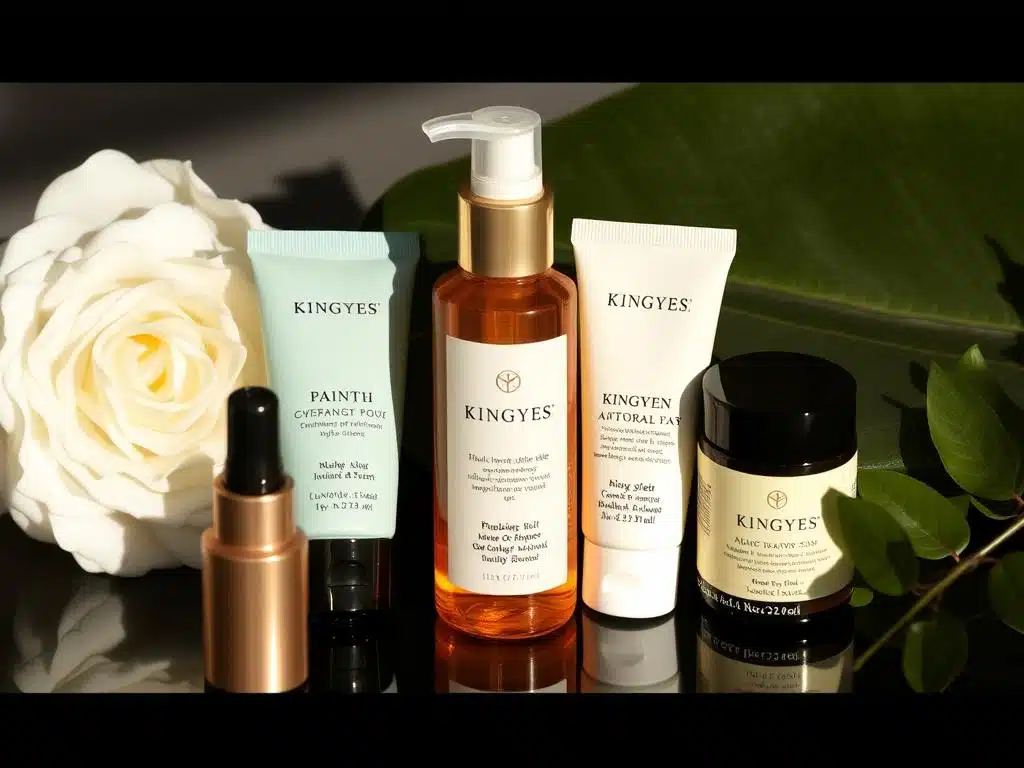
How To Sell Cosmetics On WeChat?
Are you ready to tap into the world’s largest beauty market?

How To Sell Cosmetics On Shopee?
Looking to sell cosmetics and tap into the booming e-commerce market of Southeast Asia?
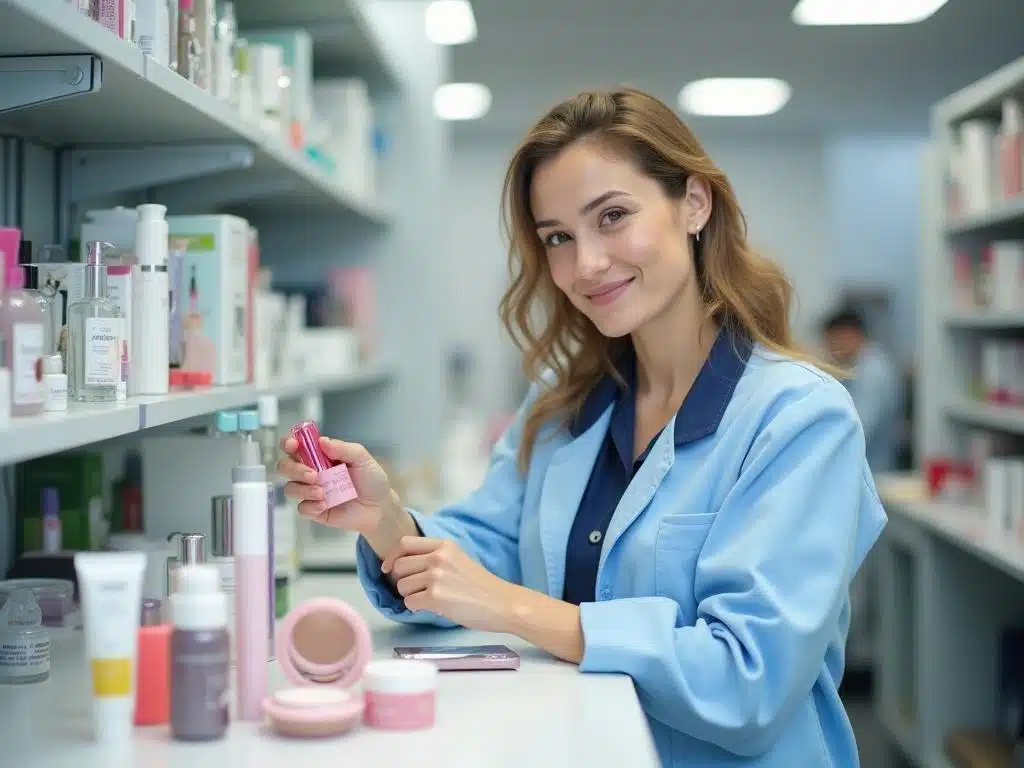
How To Cooperate With Cosmetics Factories?
In the dynamic and competitive beauty industry, partnering with the right cosmetic manufacturer is paramount to the success of your cosmetics business.

